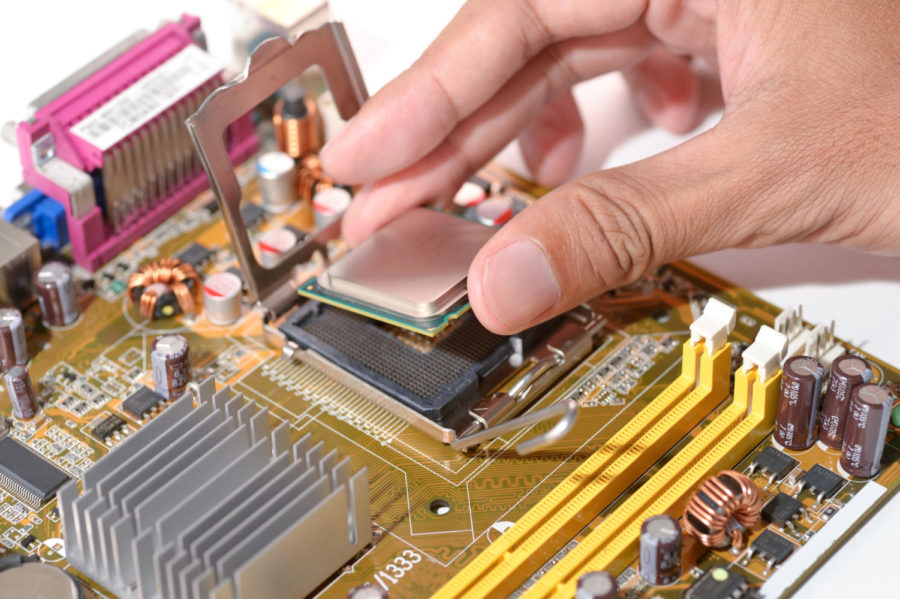Intel Chip Breakdown
January 30, 2018
In the 21st century, our lives are strongly dictated by electronics. We trust these devices with our personal information, but what if our trust in these machines is misplaced? Now, thanks to a flaw in the security of almost every computer on the planet, two major weaknesses exist that can allow hackers to access even the most secure information.
Intel, the multinational corporation responsible for this security breakdown, is the second largest semiconductor chip producer in the world. Intel has been around since 1968, but the security flaw didn’t begin until 1995. Nearly every chip Intel has made since 1995 is affected, and these chips are in all kinds of devices, ranging from laptops to phones.
Each chip has two seperate exploits (software tools designed to take advantage of a flaw in a computer system, typically for malicious purposes), known as Meltdown and Spectre. Both exploits are aimed at the “kernel,” an essentially invisible part of a device’s operating system. It’s the bridge for all of the applications and basic parts of a computer, such as the processor and the memory. The kernel does a lot, but one of its primary functions is keeping the data in one program from being read by another.
In a statement about the Meltdown and Spectre exploits, Intel stated, “These exploits do not have the potential to corrupt, modify, or delete data.” They do, however, have the ability to peep on private data.
Both the exploits allow users to access sensitive data stored in the memory of other running programs. Unlike traditional viruses that operate like an application, kernel exploits can’t be seen by antivirus software. At this point, however, it is not known if anyone has used them.
Meltdown, the more malicious of the two exploits, basically melts down the built-in security between programs on a computer. But while Meltdown is the more aggressive threat, Intel has released patches, so as long as a device is updated, it should be protected. That said, the patches come at a cost: They are estimated to slow computers down but in most cases only 1-2 percent, according to TechRadar after they had tested windows post patch.
Spectre isn’t as big of a deal as Meltdown right now, but it could be problematic later. While eltdown is like “being able to break open and read the entirety of a book,” Spectre is like “flipping to a random page and reading a random word until you get something important,” according to Andy Greenberg, a senior writer for WIRED.com. Nevertheless, Spectre will ultimately be the more persistent problem. Meltdown can be fixed by software updates and it only affects maybe two types of chips while Spectre affects two additional types of chips (apart from Intel chips) and can’t be fixed completely with updates. The only way to completely fix Spectre would be a hardware update.
Computer programing teacher Mr. Smith commented on Spectre and how much of a problem it really is: “Spectre can’t really be fixed through a software patch like Meltdown because [of] how the chips are built, and as far as I understand it, it can only be fixed by replacing the chips themselves, which can be expensive and inconvenient.”
Will these expolits affect us here at school? Will they affect our Chromebooks? Short answer, no. Mr. Smith stated, “It probably won’t affect them because they caught the vulnerability before it could be exploited.” And overall, he said, it’s “not worth freaking out about yet.”


